1. They Live (1988)
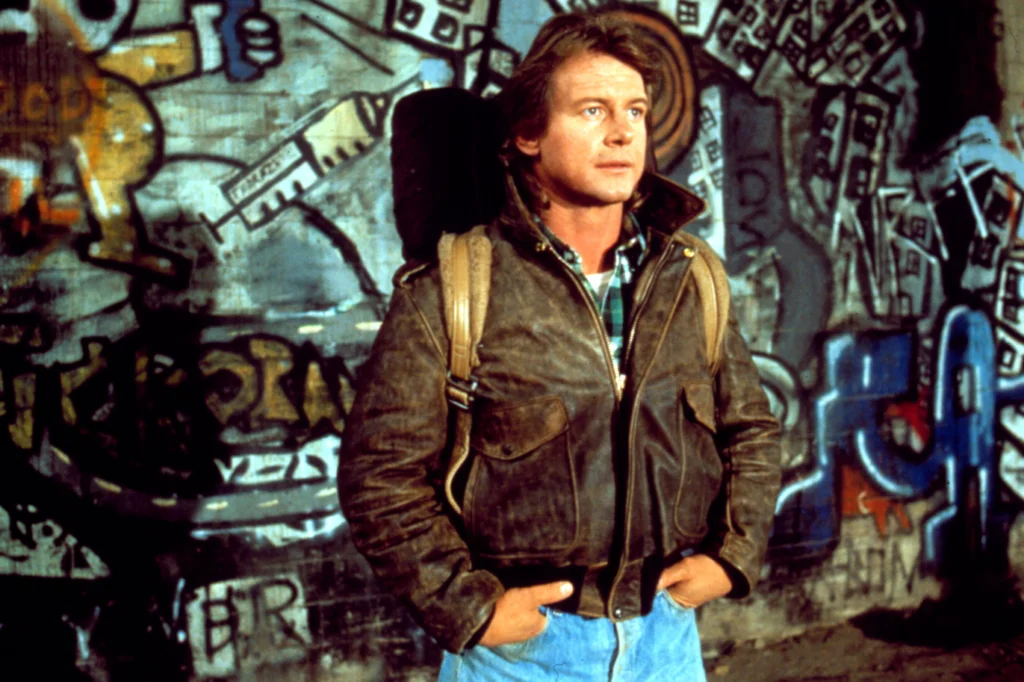
John Carpenter’s They Live is often remembered for its campy fight scene and “I have come here to chew bubblegum and kick butt” line, but at its core, this movie was tackling consumerism and media manipulation in a way few films dared to in the late ’80s. It followed a drifter who stumbles upon sunglasses that reveal the hidden truth about the world: aliens are secretly controlling humanity through advertising and subliminal messages.
What makes it feel ahead of its time is how it predicted conversations about corporate greed and media influence that dominate discussions today. The idea that our society is lulled into complacency by consumer goods resonates more now than ever. Though dismissed as pulpy sci-fi back then, it’s now seen as a biting satire that was years before its time.
2. Repo Man (1984)
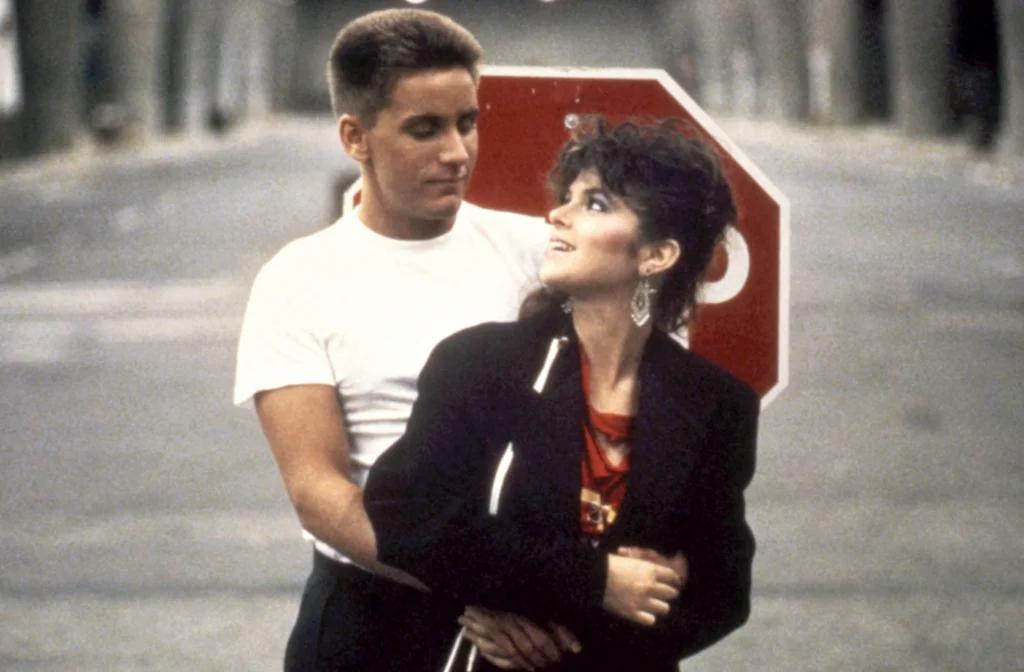
On the surface, Repo Man looks like a quirky punk comedy about a young man working for a repossession company, but it’s layered with biting social commentary and surreal sci-fi elements. Emilio Estevez plays Otto, who finds himself entangled in a bizarre world of government conspiracies, glowing cars, and nihilistic humor.
The film was way too strange for mainstream audiences in ’84, but it has aged into something prophetic. Its critique of consumer culture, authority, and empty suburban living feels sharper in hindsight. The mix of absurdity and social commentary set a tone that would influence cult cinema and shows like Twin Peaks.
3. Videodrome (1983)
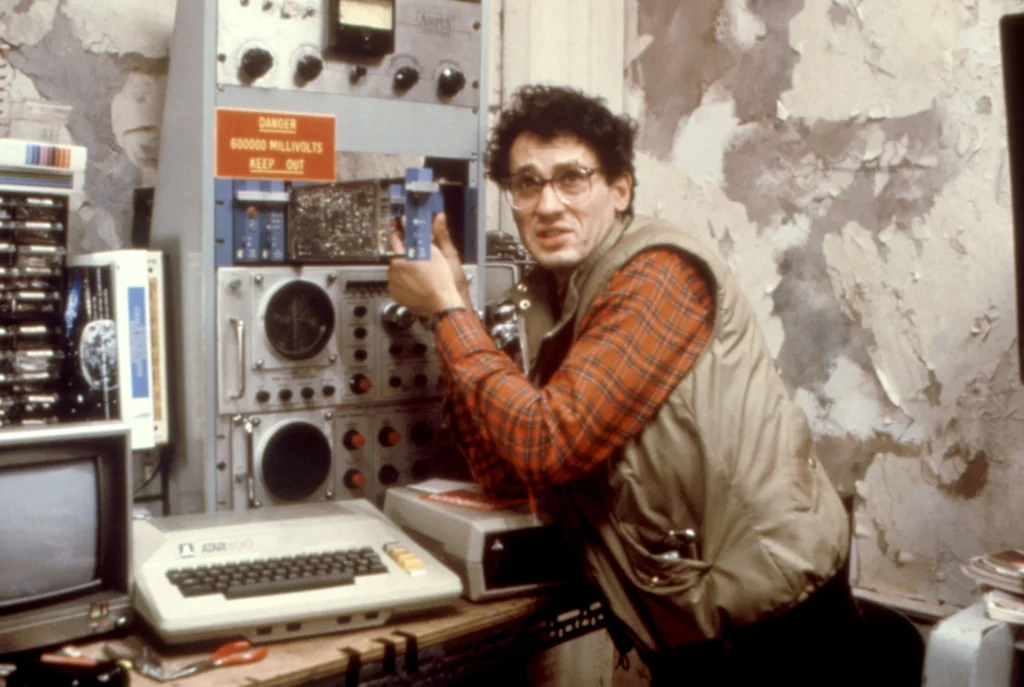
David Cronenberg’s Videodrome might be one of the eeriest explorations of technology and media addiction ever put on screen. James Woods stars as a sleazy TV programmer who stumbles across a broadcast that’s violent, bizarre, and mind-controlling. The film dives deep into the merging of man and machine and the blurring of reality and hallucination.
At the time, critics weren’t sure what to make of it, but today it feels almost prophetic about the internet age. Cronenberg warned of a future where people crave disturbing content and lose themselves in it, which sounds eerily like scrolling through social media today. The body horror may be grotesque, but the message hits closer to home than ever.
4. The Running Man (1987)

Based on a Stephen King story, The Running Man is set in a dystopian future where prisoners are forced to compete in a deadly reality TV show for the amusement of the masses. Arnold Schwarzenegger stars as the wrongly convicted hero fighting for survival while being hunted by outrageous killers.
While audiences back then saw it as an over-the-top action flick, the movie was years ahead in predicting reality television’s obsession with spectacle. It suggested a future where entertainment would push boundaries at the expense of humanity. With today’s mix of game shows, streaming content, and fascination with violence, The Running Man feels startlingly on point.
5. WarGames (1983)

Long before most people had a computer at home, WarGames imagined what might happen if a teenager accidentally hacked into a military system. Matthew Broderick stars as David, a curious high schooler who thinks he’s accessing a video game but instead almost launches World War III. The film balances suspense with a sense of youthful curiosity that made it stand out at the time.
What makes WarGames so forward-thinking is how it predicted the rise of hacking, cybersecurity threats, and the dangers of automated military technology. It warned about the risks of letting computers make life-and-death decisions, a theme that feels even more relevant in today’s era of AI and drones. While it was a hit in the ’80s, its message has only grown stronger with time, making it one of the most visionary movies of the decade.
6. Manhunter (1986)
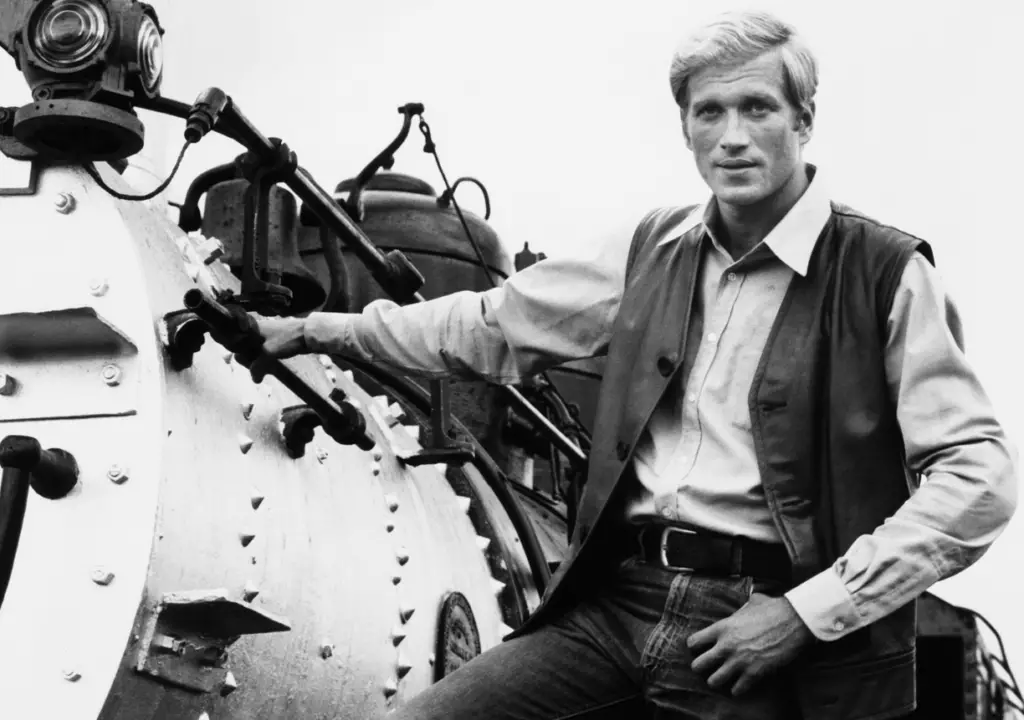
Years before Anthony Hopkins terrified audiences as Hannibal Lecter, Michael Mann directed Manhunter, the first adaptation of Thomas Harris’s Red Dragon. The film follows FBI profiler Will Graham as he tries to catch a serial killer with the help of an imprisoned Hannibal Lecter.
Audiences didn’t embrace it then, partly because it was overshadowed by more sensational thrillers. But Mann’s sleek, stylized direction and psychological tension paved the way for Silence of the Lambs and later crime dramas like Se7en. It feels like a blueprint for the entire true-crime and psychological thriller wave of the ’90s and beyond.
7. Tron (1982)
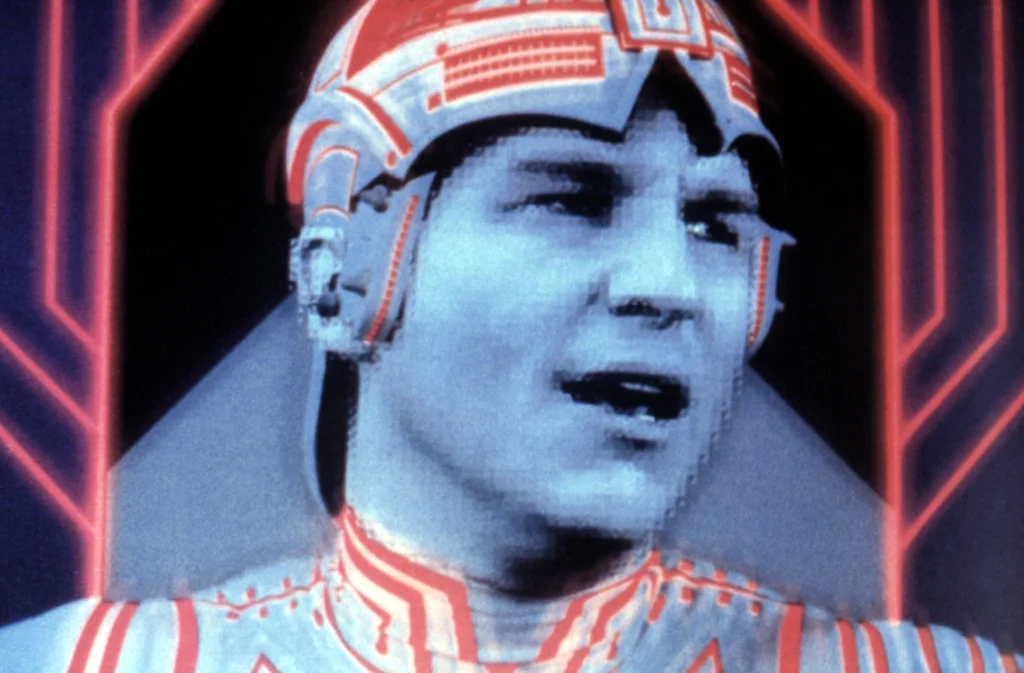
When Tron hit theaters in 1982, audiences weren’t quite ready for its dazzling mix of live action and computer-generated imagery. Jeff Bridges plays a computer programmer who gets pulled into a digital world where programs are living beings and video games become battles for survival. At the time, the visuals were groundbreaking, even if critics and viewers didn’t fully appreciate what Disney was attempting.
Looking back, Tron feels like it predicted not only the rise of video game culture but also the way people would one day live and work inside digital spaces. Its concept of entering a computer world foreshadowed virtual reality, the internet, and even today’s talk about the metaverse. It might have been too early for mass success, but its influence is everywhere now.
8. Blue Velvet (1986)
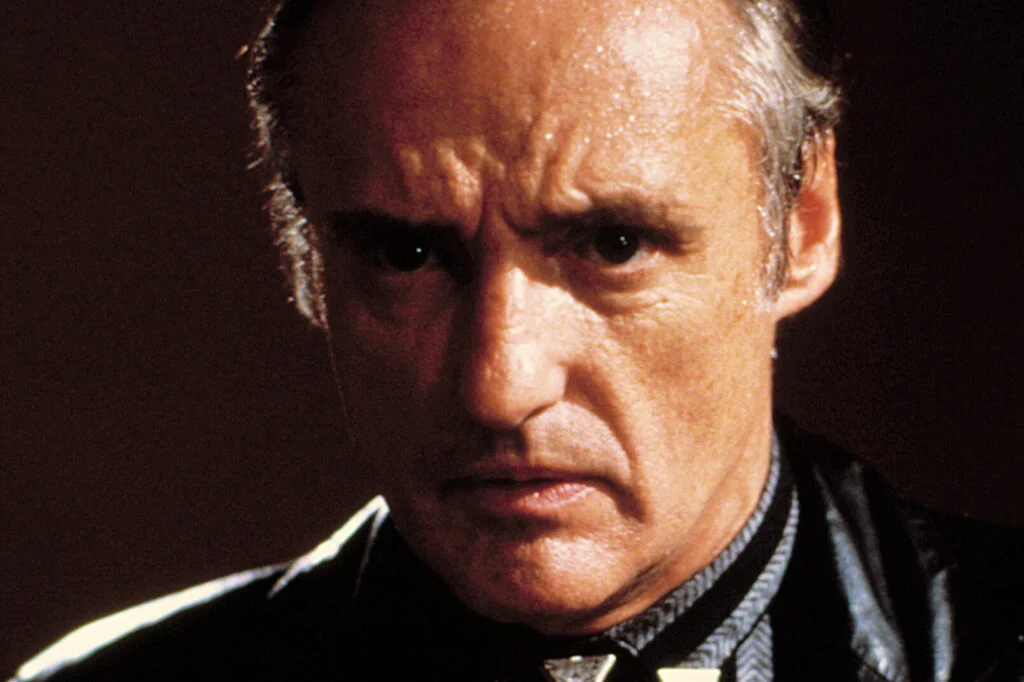
David Lynch’s Blue Velvet shocked audiences by peeling back the glossy surface of small-town America to reveal something dark and twisted. The story begins with a severed ear found in a field, which leads to a nightmarish world of crime, abuse, and obsession.
Back then, people weren’t ready for Lynch’s surreal and unsettling style blended with noir storytelling. Today, it’s recognized as a groundbreaking film that showed how cinema could explore the darkness lurking under everyday life. Its boldness in mixing dreamy visuals with disturbing themes influenced countless directors.
9. The Last Starfighter (1984)
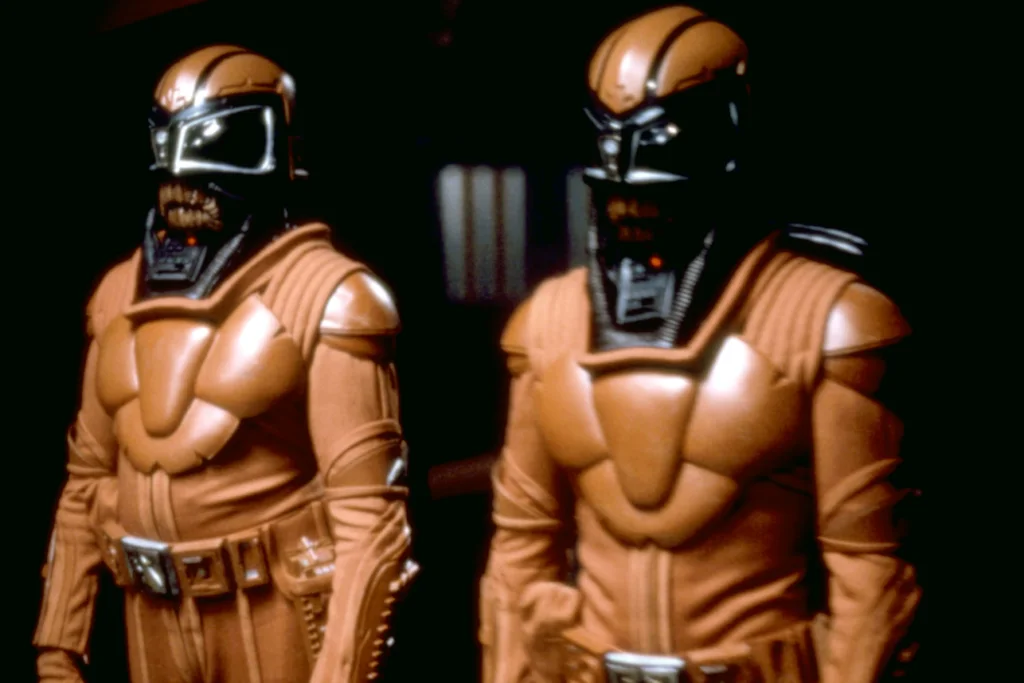
This space adventure was one of the first movies to use extensive computer-generated effects. It tells the story of a teenager whose video game skills land him a role as a starfighter pilot in an intergalactic war.
While it didn’t become the blockbuster its makers hoped for, the film was pioneering in its use of CGI. Looking back, it foreshadowed a future where video games and virtual reality would shape not just entertainment but entire industries. It’s easy to see its DNA in modern gaming culture and sci-fi storytelling.
10. Brazil (1985)
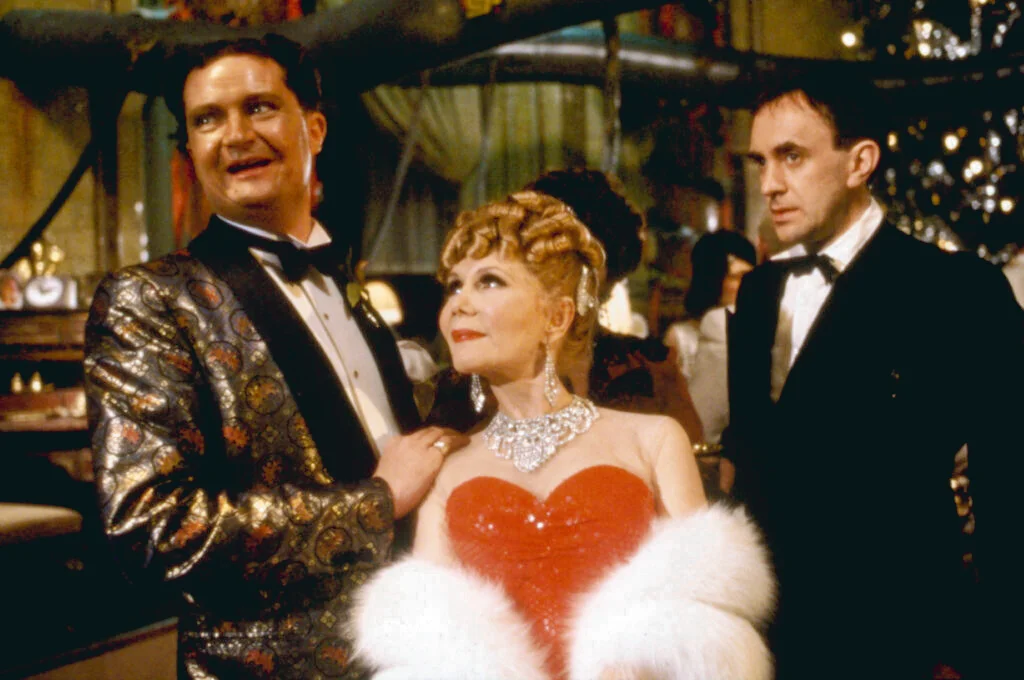
Terry Gilliam’s dystopian satire Brazil is a surreal look at bureaucracy, government control, and the crushing of individuality. It follows a low-level worker who becomes entangled in a nightmarish world of paperwork, surveillance, and absurdity.
Audiences at the time weren’t quite ready for its dark humor and bleak vision, but the film feels almost eerily accurate now. With themes of constant surveillance and suffocating red tape, it resonates more in today’s world than it did in the ’80s. Its quirky visuals and biting critique make it one of the decade’s most forward-thinking films.
11. Starman (1984)
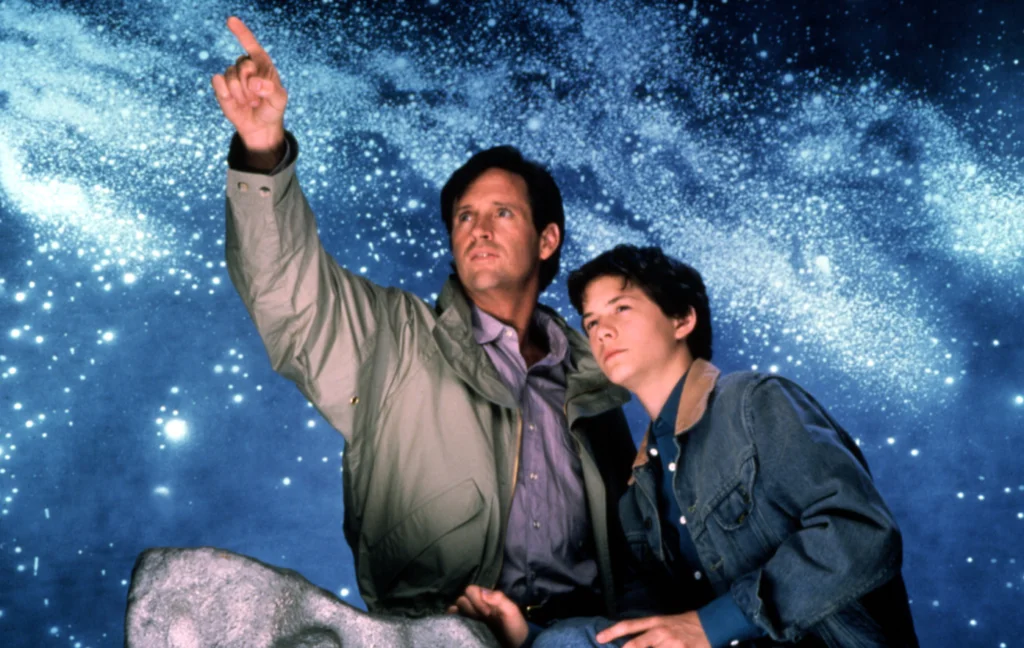
Often overshadowed by bigger sci-fi blockbusters, John Carpenter’s Starman told a gentler, more emotional story about an alien who takes the form of a widow’s late husband. Jeff Bridges earned an Oscar nomination for his moving performance as the otherworldly visitor trying to understand humanity.
What set it apart was its mix of science fiction with romance and heart, something unusual for the era’s action-heavy sci-fi. It suggested that alien encounters didn’t always need to be about war and fear, but about empathy and connection. In many ways, it predicted the softer side of sci-fi storytelling that would flourish later.
12. To Live and Die in L.A. (1985)

This gritty crime thriller directed by William Friedkin centered on a Secret Service agent chasing a ruthless counterfeiter. It was raw, violent, and stylistically daring, with an unforgettable car chase that rivaled The French Connection.
At the time, audiences were more comfortable with cleaner action stories, so its bleakness kept it from mainstream success. But its dark realism and morally complex characters paved the way for later crime dramas like Heat and Breaking Bad. Today it feels far more in line with the antihero-driven stories we crave.


